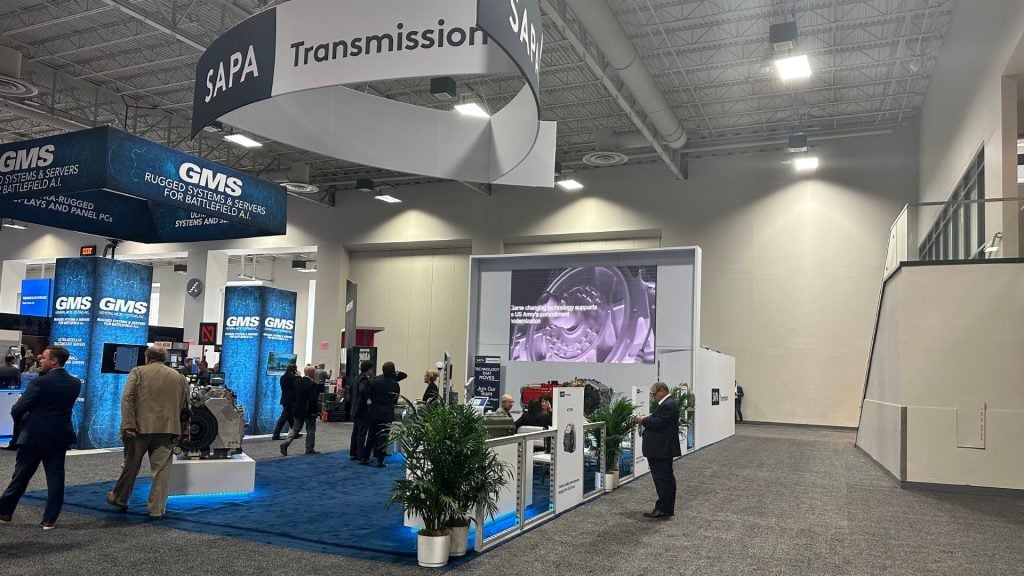
Introduction
In the competitive world of trade shows exhibits, the layout of your booth plays a crucial role in attracting and engaging visitors. Among various layout designs, circular booth layouts are gaining popularity for their ability to enhance visitor flow and engagement.
By leveraging the principles of psychology, circular layouts create an inviting and interactive environment that encourages exploration and meaningful interactions. This blog delves into the psychology behind circular booth layouts, exploring how they enhance flow and engagement, and offers practical tips for implementing this design strategy.
Understanding the Psychology of Circular Layouts
1. The Power of Inclusivity
Sense of Unity
Circular layouts foster a sense of unity and inclusivity. The absence of sharp corners and linear pathways creates a more open and welcoming space. This inclusive design encourages visitors to explore the entire booth rather than just skimming its periphery.
Reduced Hierarchy
In a circular layout, there is no clear “front” or “back,” reducing any perceived hierarchy. This equality in design invites visitors to engage with all aspects of the booth, ensuring that no product or information is overlooked.
2. Enhancing Flow and Movement
Natural Movement Patterns
Humans are naturally drawn to circular shapes, which guide movement in a fluid and continuous manner. Circular layouts leverage this instinctive behavior, creating a smooth and intuitive flow that leads visitors seamlessly from one area to another.
Avoiding Traffic Jams
Circular layouts help distribute foot traffic evenly, preventing bottlenecks and congestion. This smooth flow ensures that visitors can move freely and comfortably, enhancing their overall experience.
3. Encouraging Exploration and Engagement
Central Focal Point
A circular layout often features a central focal point that draws visitors in. This could be an interactive display, a product demonstration, or a centerpiece that captures attention and encourages closer inspection.
360-Degree Engagement
With displays arranged in a circular manner, visitors are encouraged to engage with the booth from all angles. This 360-degree engagement ensures that visitors interact with a wider range of products and information.
Implementing Circular Booth Layouts
1. Design Considerations
Space Utilization
Maximize the use of available space by carefully planning the placement of displays and interactive elements. Ensure that the central area is open and inviting, drawing visitors into the heart of the booth.
Visibility
Ensure that key products and information are visible from multiple angles. Use tiered displays or rotating stands to enhance visibility and accessibility.
2. Creating a Central Focal Point
Interactive Elements
Incorporate interactive elements such as touchscreens, product demos, or live presentations in the central area. These interactive features serve as magnets, attracting visitors and encouraging them to engage.
Visual Appeal
Enhance the visual appeal of the central focal point with striking design elements, such as dynamic lighting, bold graphics, or eye-catching signage. A visually appealing centerpiece can significantly increase foot traffic.
3. Enhancing Visitor Experience
Comfortable Navigation
Design pathways that are wide enough to accommodate comfortable navigation. Avoid clutter and ensure that visitors can move freely without feeling cramped or overwhelmed.
Engaging Staff
Position staff strategically around the circular layout to engage with visitors and provide assistance. Well-placed staff can guide visitors, answer questions, and facilitate deeper interactions.
Future Trends in Circular Booth Design
1. Integrating Technology
Augmented Reality (AR)
Integrate AR elements into the circular layout to enhance visitor engagement. AR can provide interactive and immersive experiences, guiding visitors through product information and brand stories in an engaging way.
Smart Booths
Implement smart technology to gather data on visitor behavior and preferences. This data can be used to optimize booth design and improve future trade show strategies.
2. Sustainable Design
Eco-Friendly Materials
Use sustainable materials for booth construction and displays. Circular layouts can be designed with reusable and recyclable materials, aligning with eco-friendly practices.
Energy Efficiency
Incorporate energy-efficient lighting and technology to reduce the environmental impact of the booth. LED lighting and solar-powered elements can enhance sustainability.
Conclusion
Circular booth layouts offer a unique and effective approach to trade show display design. By leveraging psychological principles, these layouts enhance visitor flow and engagement, creating a memorable and interactive experience. Whether through a central focal point, interactive displays, or seamless navigation, circular designs invite visitors to explore and engage with the brand on a deeper level.
As technology and sustainability trends continue to evolve, circular booth layouts will remain a powerful tool for creating impactful trade show experiences. Embrace the potential of circular design to captivate your audience and set your brand apart in the competitive world of exhibitions.


 Global
Global Europe
Europe

